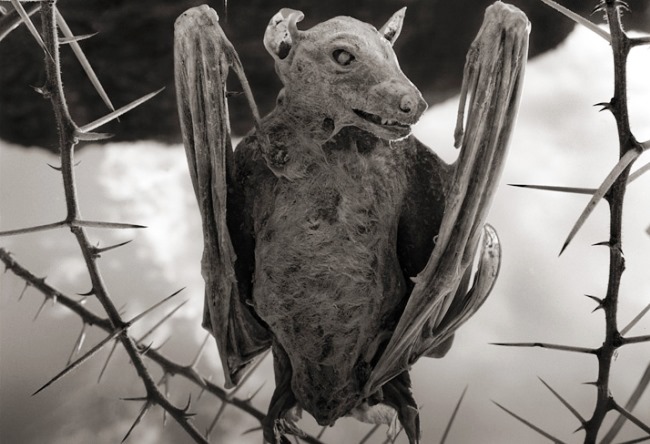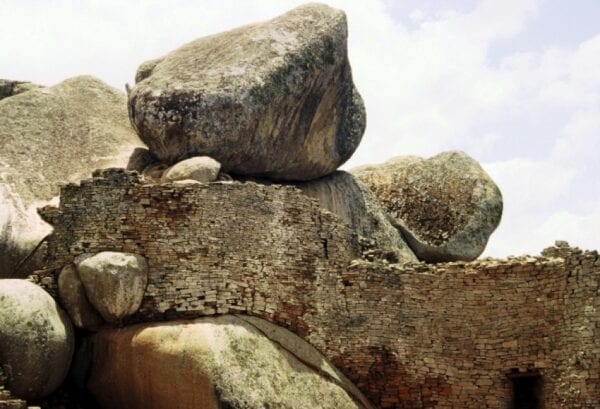 13, Апрель, 2016
13, Апрель, 2016Red Lake Natron in the family Gargony
Each of us in childhood, read a lot of fairy tales, which described the scenes with the transformation of people into animals or vice versa. A lot of them just told about living and dead water. Or, as the jellyfish Gargona turns people into stone … Then it seemed to some mysterious and enigmatic, and some did not believe it. But, as it turned out, in vain …
Here’s why … One photographer Nick Brandt traveling to the northern part of Tanzania found that on the shores of Lake Natron are the fossilized remains of animals, as a rule it was a bird. Find out the cause of their death, he came to believe that they were killed by the fact that consumed water from the lake. As it turned out, the water is saturated with salt, and alkalinity conditions in different factor can reach pH 9 to 10.5. Such an aggressive environment contributes to the transformation of everything that falls into the stone at her.
Located this lake at the lowest point of the Great Rift Valley, at an altitude of six hundred meters above sea level. It can be considered toxic if not the most, one of those. Lake Natron is filled with hot springs, which are very rich in minerals, as well as the inflow of the river Ewaso Ng’iro. We can not say that this lake has great depth. The greatest depth — about three meters.
Due to the composition of water and increased evaporation rate — the lake is inherent in a deep red color. Red Lake becomes largely due to the red pigment in the cyanobacteria. And there are such bacteria tend to evaporate water during a season drought. During this period, the salt in the water becomes so much that microorganisms are beginning to appear, for which this habitat is very favorable. All this together makes the water very poisonous and salty. It is for this reason that animals try this water like a fairy tale turned into fossilized stuffed.
But not so bad — in this case, we can safely say, a unique lake. The fact that there have found their place and grow small flamingos, and they are known, are considered to be «close to extinction». And this is the only place in East Africa, where these animals are accustomed. Scientists estimate that they are here is about two and a half million individuals. It’s hard to say why they settled down just at this lake … Most likely, just because of its poisonous — poisonous lake water is a significant barrier for the protection of these beautiful birds.











